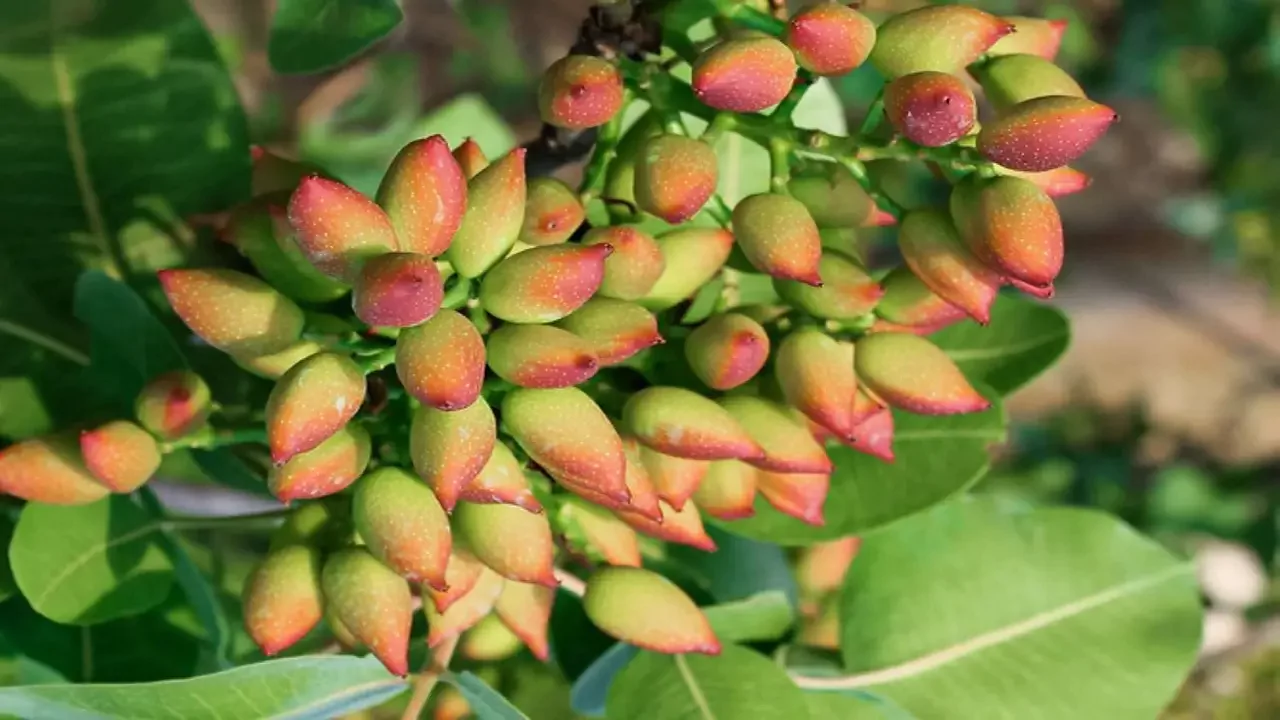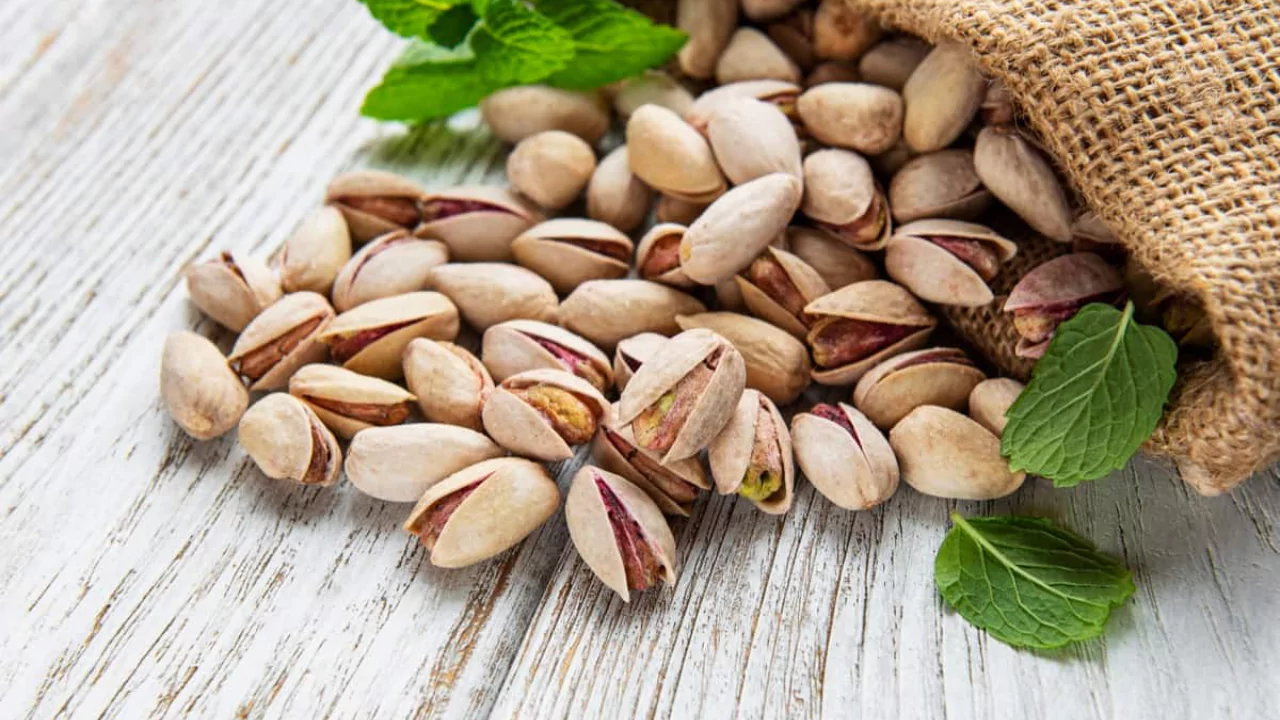
Where Can You Grow Pistachio Trees?
Pistachio trees thrive in blistering desert climates, which is why growers plant them across New Mexico, Arizona, and southern California. They will also take root in other dry, hot districts such as West Texas, yet those regions must provide both an extended hot season and enough winter chill to trigger dormancy.
IAlthough pistachios are cultivated in several states, roughly 98 percent of U.S. production comes from California. The southwestern deserts of America deliver temperatures high enough for fruit set and cold nights that allow the trees to rest and recover.
Site Selection for Growing Pistachio Trees
While healthfully deep, sandy loam is ideal, pistachios accept most desert soils as long as they drain well and permit roots to descend. In impoverished ground, growers space young trees closer together, betting that tighter canopies will compensate for limited nutrients. Because these trees feature a long tap root, the soil must extend at least seven feet downward.
Mature trees commonly reach heights of twenty to thirty feet, spreading nearly the same distance sideways. They need thorough irrigation during winter, yet once summer settles in they tolerate long dry spells with little fuss.
Planting Pistachio Trees
Because the female cultivar P. vera relies on wind for pollination, growers must arrange male and female trees in patterns that capture the breeze. Spacing should range from 12 to 20 feet, moving closer when soil is poor so roots still receive air and resources.
Most nurseries provide seedlings in biodegradable pots that can be set directly into the ground. This practice limits stress, as exposing or rough-handling roots frequently results in serious decline. Dig a hole just wide and deep enough to bury the planter without compacting surrounding soil.
Management and Pruning
Once the rootstock trees are put in the ground, they are pushed to grow to about 18 inches while all side shoots are pinched off. After that, the young trunks are allowed to open up as they please. In autumn, when conditions cool, growers bud the established seedlings using the widespread T-bud technique.
Throughout the first year they need steady moisture, and grafts are often placed on the windward side to guard against drying winds. After a framework forms-the airy vase shape favored along the California coast, for instance-there is little left to do except trim back any runaway limbs.

Harvesting Pistachios
Bud-bearing starts in the fourth or fifth season, but trees do not reach peak yield for a decade or even longer. Nuts are ready when the thin hulls lift cleanly from the shell. At that moment growers have no more than seven to ten days to work, because overripe fruit can stain the nuts.
To collect nuts, hand-shake the branches and scoop the fallen seeds from the ground. A wide tarp spread under the crown catches most of what drops and makes gathering much faster. Shelling or curing the nuts the same day is vital, or dark stains may ruin their appearance.
Drying should reduce moisture to about 5 percent before storage. Keep in mind that mature trees older than twenty often alternate between heavy and almost empty crops; this biennial bearing is perfectly normal.
Pistachio Pests
Verticillium wilt is spreading through Californias commercial groves and creeping into backyard plots. There is no cure, yet rootstock from P. integerrima shows promising tolerance. Growers can also try solarization to heat-treat the soil, though results are often inconsistent.